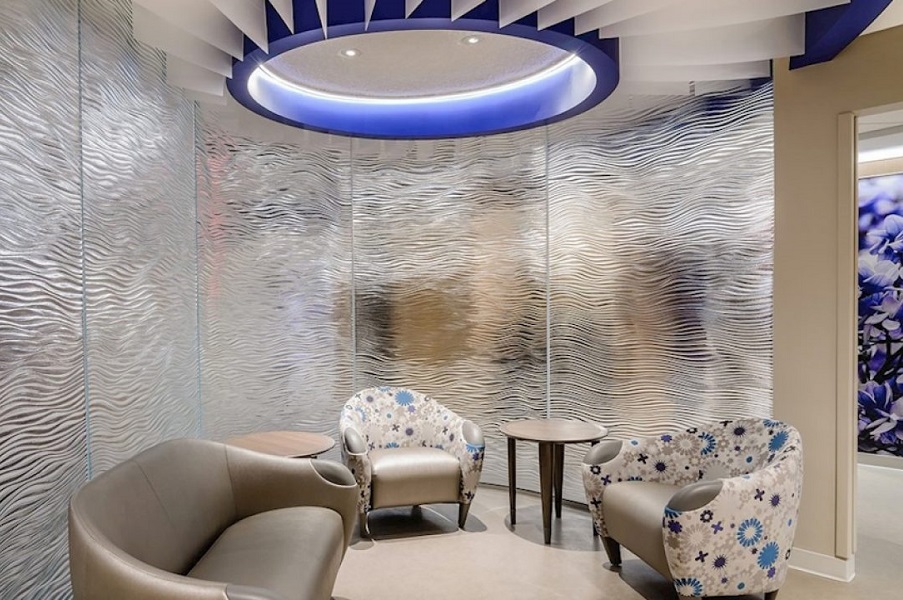Sekorit glass is a type of glass resistant to impact and pressure, which has many applications in architecture and interior design. There are different types of tempered glass that are produced by different methods for different applications. Today, from the protective glass of monitors and phone screens to the facade glass of buildings and glass shower cabins, tempered glass is widely used and is present everywhere.
In the continuation of this article from Laris, the types of tempered glass are introduced and the information related to the price, applications, and finally its use in the glass cabin of the bathroom is examined.
What is tempered glass?
Security glass or safety glass is a glass that has been used to increase its resistance. Tempered glass is produced by different methods. Different types of them are available according to the type of glass and their dimensions and thickness. These glasses are usually more than five times more resistant than ordinary glasses. They also break into low-hazard shards when broken, unlike regular glass that shatters into large, sharp pieces when broken.
These features have led to the use of tempered glass in buildings and places where the use of ordinary glass can be dangerous. These glasses have a wide variety of colors and models, which makes them widely used in architecture and interior design. One of the most attractive uses of tempered glass is in the production of glass shower cabins, which makes the interior look modern.
Types of tempered glass
The types of tempered glass are separated according to the production process and increasing the resistance used in them. Based on this, the types of tempered glass are divided into two general types:
Thermally toughened glass
Laminate tempered glass

Thermally toughened glass
To increase the resistance of glasses and produce heat-resistant glass, the glass is put into furnaces with a temperature above 700 degrees Celsius or 1200 degrees Fahrenheit, and after melting, they are quickly cooled. This process increases the strength of tempered glass. The glasses produced in this way are resistant to impact and pressure. They also break into very small pieces that have no sharp edges and thus are not dangerous to people in the environment.
Heat-strengthened glass is up to 5 times more resistant than ordinary glass, which makes it an attractive option for architecture and interior design. These resistant glasses have many applications in various commercial, office and residential environments, some of the most important of which you can see below:
Showcase and main glass of shops and commercial units
View of buildings
Interior design and glass partitions of residential and office units
Frameless and frameless glass shower cabin
Heat tempered glass is produced in different colors and has different prices according to its color, material and dimensions.
Laminate tempered glass
The production process of this type of resistant glass is similar to thermal glass, but a laminate or polyacrylic layer is used in them to increase resistance. This combination is mostly used for curved and bent glasses, and because of their high price, they are less used in construction and commercial purposes.
There are different types of laminated toughened glass that are produced by adding transparent resistant layers to thermal glass. The windshields of cars and vehicles are usually made of toughened laminate, which are very resistant to impact and pressure.
Laminate resistant glass, which is created by adding resistant materials and layers to thermal glass, naturally has a higher price than thermal glass. This makes their use only in cases where it is necessary.
Tougher types of these glasses are bullet and impact resistant and are used in jewelry stores, bank counters, and other security and protective applications. When broken or punctured, they form a spider web-like pattern that you may have seen on crashed cars. The broken pieces of these tempered glass are not sharp or dangerous.

